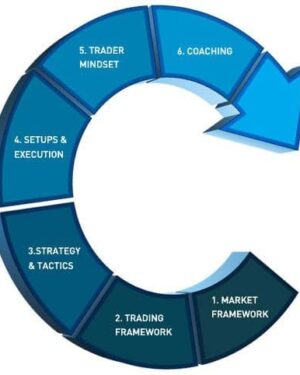Basic Statistics and Data Mining for Data Science
Original price was: $999.00.$49.00Current price is: $49.00.
This Course is available for download now. You can contact us for Screenshots or Demo. Access for this course will be sent on google drive. Join our telegram channel to see updates and occasional discounts. If you want to pay through Paypal or Card contact us – On Telegram Click Here or contact on Mail – [email protected]
Description
Basic Statistics and Data Mining for Data Science
Basic Statistics and Data Mining for Data Science
MP4 | Video: AVC 1280×720 | Audio: AAC 44KHz 2ch | Duration: 3 Hours | 1.31 GB Genre: eLearning | Language: English
Data science is an ever-evolving field, with exponentially growing popularity. Data science includes techniques and theories extracted from the fields of statistics, computer science, and most importantly machine learning, databases, and visualization.
This video course consists of
step-by-step introductions to analyze data and the basics of statistics. The first chapter focuses on the steps to analyze data and which summary statistics are relevant given the type of data you are summarizing. The second chapter continues by focusing on summarizing individual variables and specifically some of the reasons users need to summarize variables. This chapter also illustrates several procedures, such as how to run and interpret frequencies and how to create various graphs.
The third chapter introduces the idea of inferential statistics, probability, and hypothesis testing.
The rest of the chapters show you how to perform and interpret the results of basic
statistical analyses (chi-square, independent and paired sample t-tests, one-way
ANOVA, post-hoc tests, and bivariate correlations) and graphical displays (clustered bar charts, error bar charts, and scatterDescriptions).
You will also learn when to use different statistical techniques, how to set up different analyses, and how to interpret the results.
The second chapter continues by focusing on summarizing individual variables and
specifically some of the reasons users need to summarize variables.
This chapter also illustrates several procedures, such as how to run and interpret frequencies
and how to create various graphs. The third chapter introduces the idea of inferential statistics, probability, and hypothesis testing.




